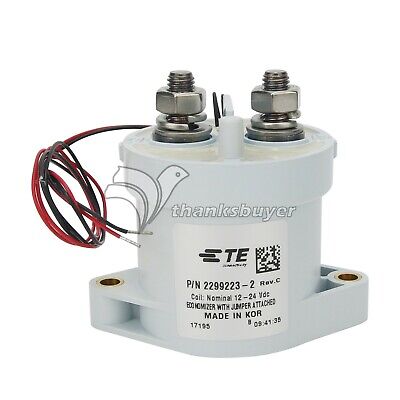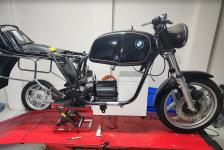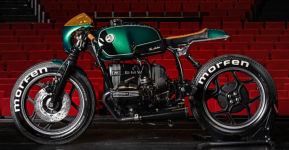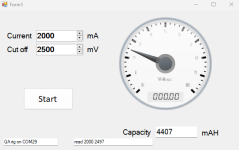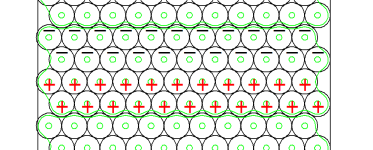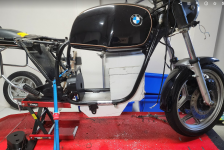Right now I have a 30S ANT BMS. I'm going to use it for balancing the charged pack, I won't be running the discharge current through it.
For safety I have a 1200A fuse, I'll monitor the battery current via the drive and open the contactor if it gets too high, and I also have some hall based current sensors. I'm toying with the idea of building an electronic fuse.
From my experience the 300A ANT BMS can take 550-600A peaks reliably.
Also, from my experience as well, it is possible to shunt mod it very easily. There are two shunts soldered on the bus bar and with a little bit of copper and solder you can have make a quick and dirty shunt mod so that it reads a lower current than the actual one. I did it on my black motorcycle just for the sake of experiment and it is now reading current 25% lower than it actually is.
Meaning in theory it could go up to 750A. But I haven't had the chance to test it up to such high currents unfortunately, my battery and motor aren't up to the task.
The ANT BMS Fets are pretty decent, at least on the versions I have. They can usually take a lot of abuse and don't really heat all that much. I wanted to replace them with something better but really couldn't find components that were worth the trouble. Not sure if this applies to the 30S version though, mine were 24S.
I wouldn't use a contactor as most of them are crap and tend to fail closed (mosfets do as well, but at least they don't weight a lot and they don't take valuable space). A friend of mine tried many of em from reputable EV brands and ultimately none worked properly, all of them welded shut. Very disappointing, I wonder how these things even pass safety tests.
A fuse is always a good idea though.
I think that if I had your electronics background I'd simply mod the ANT BMS and make my own power stage. It's not very difficult to do especially now that we have companies like JLCPCB and the likes that can make the board for you, it will be a lot more compact and lighter than any other solution, while providing the same if not greater level of safety. You can even deport the power stage far away from the logic stage so that if it fails it won't fry the brains, plus you could put it somewhere convenient for cooling and whatnot. That's what I'd do if I had a nicer battery/motor capable of such power.
